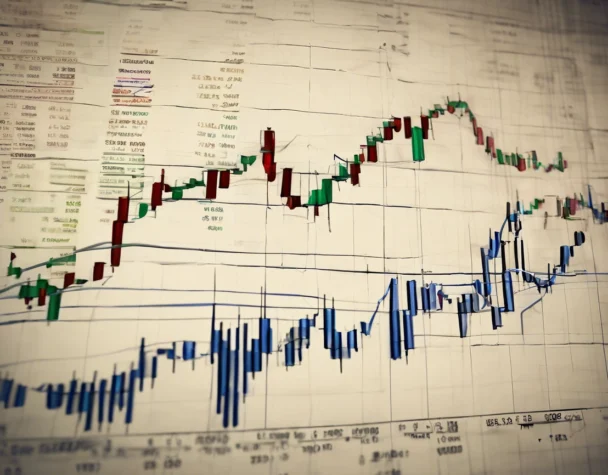
March 6, 2025: In-Depth USD/EUR Forex Analysis
Thu, March 06, 2025As the global economic landscape continually shifts, understanding the nuances of forex trading becomes ever more crucial. This article provides a detailed analysis of the USD/EUR currency pair on March 6, 2025, exploring the dynamics that have influenced its recent fluctuations. By dissecting the factors at play, investors and traders can gain insights into what might lie ahead in the forex markets.
March 6, 2025: USD/EUR Exchange Rate Fluctuations
The trading session on March 6, 2025, saw the USD/EUR pair experiencing significant volatility. Early in the day, the dollar strengthened against the euro, reaching a peak not seen in the previous quarter. Analysts attributed this sharp rise to the unexpectedly positive U.S. job reports released earlier in the week. However, as the day progressed, the euro found its footing, rallying strongly after the European Central Bank (ECB) announced potential adjustments to its monetary policy stance in response to inflation concerns.
Mid-session trading highlighted the uncertainty prevalent in current forex markets, with the USD/EUR pair demonstrating rapid oscillations. These were partly driven by algorithmic trading systems reacting to real-time news and economic indicators from both the U.S. and Eurozone. Furthermore, investor sentiment played a significant role, swaying heavily in response to geopolitical developments, particularly concerning trade relations between the U.S. and the European Union.
The day concluded with the USD/EUR pair returning to near its opening levels, although the path it took was tumultuous. This pattern underscores the complex interplay of multiple factors, including market sentiment, economic data, and central bank policies. Traders and analysts alike monitored these movements closely, attempting to forecast short-term directions based on historical performance and current events.
In-Depth Analysis: Factors Impacting Forex Today
Several key factors have significantly impacted the forex markets, particularly the USD/EUR exchange rate. Primarily, economic indicators from both the U.S. and the Eurozone have provided traders with insights into the health of each economy. For instance, the robust U.S. employment figures suggest a potentially more aggressive stance on interest rates by the Federal Reserve, aimed at curbing inflation without stifolding growth.
In Europe, ongoing concerns about inflation and economic recovery have led the ECB to reconsider its monetary policy. The ECB’s reluctance to raise interest rates in the past has often led to a weaker euro compared to the dollar. However, recent signals from the ECB suggest a shift towards a more hawkish policy, which could strengthen the euro in the coming months. This change is closely watched by market participants who anticipate its impact on the USD/EUR pair.
Furthermore, geopolitical tensions and trade negotiations continue to inject volatility into the forex markets. Recent discussions around trade tariffs and agreements between the U.S. and the EU have created an environment of uncertainty. Traders are particularly sensitive to any news that could affect either economy, as these developments directly influence investor confidence and currency strength.
Today’s forex market is as challenging as it is dynamic, with various economic, political, and technological factors influencing the USD/EUR exchange rate. Understanding these influences helps in navigating the complexities of currency trading. As we have seen on March 6, 2025, even within a single trading day, numerous elements can drive significant fluctuations. For traders and investors keeping a close eye on these trends, staying informed and agile remains paramount in capitalizing on opportunities presented by the forex market.

